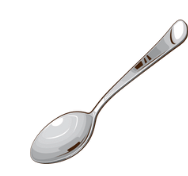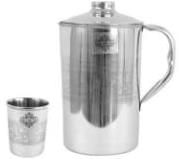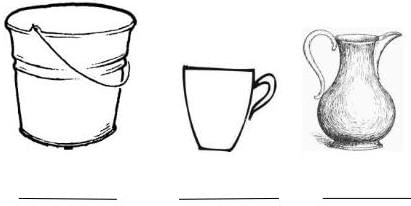CBSE Worksheet Class 4 Maths Chapter 8 - Weigh it, Pour it Free Download
Q1: Multiple Choice Questions (MCQs).
(i) Estimate the capacity of a teaspoon.
(a) 15 ml
(b) 1500 ml
(c) 150 ml
(d) 1.5 ml
(ii) 1/2 Litre is equal to
(a) 200 ml
(b) 500 ml
(c) 100 ml
(d) 700 ml
(iii) What is the total weight of 3 bags, each weighing 4 kg ?
(a) 12 kg
(b) 13 kg
(c) 8 kg
(d) 13 kg
Q2: Fill in the blanks.
(i) 300 ml + _______ = 1 Litre.
(ii) ______ + 480 g = 1 kg
(iii) 500 ml + _______ = 1 Litre.
(iv) 450 ml + _______ = 1 Litre.
Q3: Match the following.

Q4: Answer the following Questions.
(i) A shopkeeper uses 20 ml of milk to make one cup of tea; if he sell 50 cups of tea then how much milk did he use?
(ii) A pumpkin weighs 6 kg and a watermelon weighs 4 kg. How many kilograms do they weigh together?
(iii) How many 250 ml of Glasses we need to serve 1000 ml of soup?
(iv) There are 4 bricks, each weighing 2 kg. What is the total weight of all the bricks together?
(v) Arrange the following objects in order of increasing capacity. Write numbers 1.2.3 under them:
(vi) You are trying to pour tea in 50 ml cups from a 250 ml cup, but you spilled 25 ml while doing it. what is amount of tea in 5th cup?
(vii) A sack of potatoes weighs 7 kg. A smaller sack weighs 4 kg. What is the difference in their weights?
(viii) Neetu has to take 3 injections in a day for 5 days. If one injection gives her 3 ml of medicine, then how much medicine she is getting every day?
You can access the solutions to this worksheet here
FAQs on CBSE Worksheet Class 4 Maths Chapter 8 - Weigh it, Pour it Free Download
| 1. What are the main concepts covered in the "Weigh it, Pour it" worksheet for Class 4? |  |
| 2. How can I help my child understand weight and volume measurements better? |  |
| 3. What tools are commonly used for measuring weight and volume in the "Weigh it, Pour it" worksheet? |  |
| 4. Are there any fun activities to reinforce the learning of weight and volume measurements? |  |
| 5. How will mastering weight and volume measurements benefit my child in the future? |  |
















